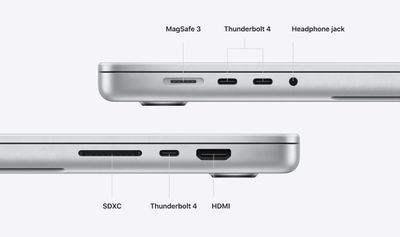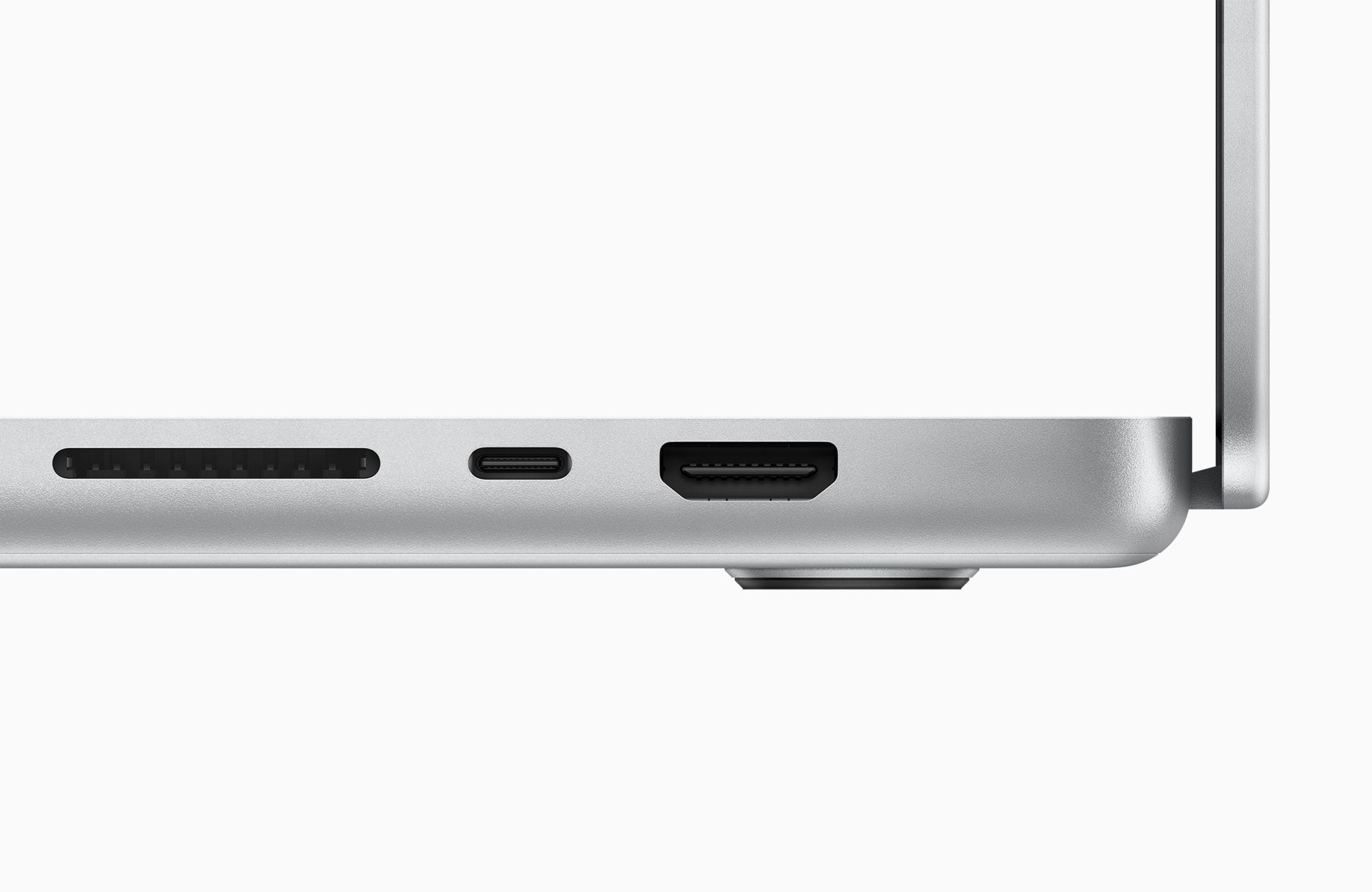

The M1 Pro, which is available in an eight-core version using two efficiency cores and six performance cores, as well as a ten-core version that adds another two performance cores to the mix, has up to 200GB/s of bandwidth with that Unified Memory. This last point is where one of the crucial differences in the chips lies.

The second round of Apple Silicon introduces quite a few changes to what Apple established with the impressive M1, alterations that make it an even more useful system-on-chip for creative professionals.įor a start, there are two variants named M1 Pro and M1 Max, which incorporate a CPU, GPU, 16-core Neural Engine, and other essential components that are connected to Unified Memory. This gives it a great pixel density of 254 pixels per inch. That Liquid Retina XDR Display is also high-resolution, at 3,024 by 1,964. That means you're also getting a potential refresh rate of up to 120Hz, double the 13-inch and older models. This time around, you also get ProMotion, so the screen will automatically adjust its refresh rate depending on the content you are viewing. We're talking 1,000 nits of full-screen brightness, rising to 1,600 nits for peak brightness, as well as a 1 million to one contrast ratio, and the typical Wide color (P3) and True Tone support. Six-speaker system with force-canceling woofers,īeyond notch drama, the display incorporates Mini LED enabling near-OLED levels of color accuracy, contrast, and brightness. The JetDrive Lites are priced aggressively with current rates starting at just $39.99 for 64GB and going up to $79.99 for 128GB.Subscribe to AppleInsider on YouTube 14-inch MacBook Pro Specifications Obviously, there isn’t any real world data to backup these claims yet and overall performance will also vary by Mac, it is still nice to see Transcend attempting to push the product category forward. Transcend says that users can expect read and write speeds of up to 95MB/s and 60MB/s respectively, which is the fastest of the bunch. Just this morning Transcend announced its JetDrive Lite expansion cards in 64GB and 128GB capacities. It retails for $59.99, but is currently on sale for $49.99. Some people may dislike the fact that the pull tab has ‘SanDisk’ branded on it, but that doesn’t seem like a deal-breaker to me. The SanDisk minidrive is only available in 64GB, and it includes a pull tab to make it even easier to remove. It comes in two different capacities (64GB/128GB), is colored black, and protrudes just enough to make it easy to remove.

The most well-known version is the PNY StorEDGE. The memory expansion modules we’re going to take a look at are customized to fit nearly flush. It’s also an eyesore to constantly have a card peaking out from your Mac’s otherwise seamless and uniform design.
MACBOOK PRO MEMORY CARD SLOT LOCATION MAC
The problem with shoving any SD card into your MacBook is that is protrudes out from the laptop casing, which leaves the card and your Mac vulnerable to damage or getting knocked out.


 0 kommentar(er)
0 kommentar(er)
